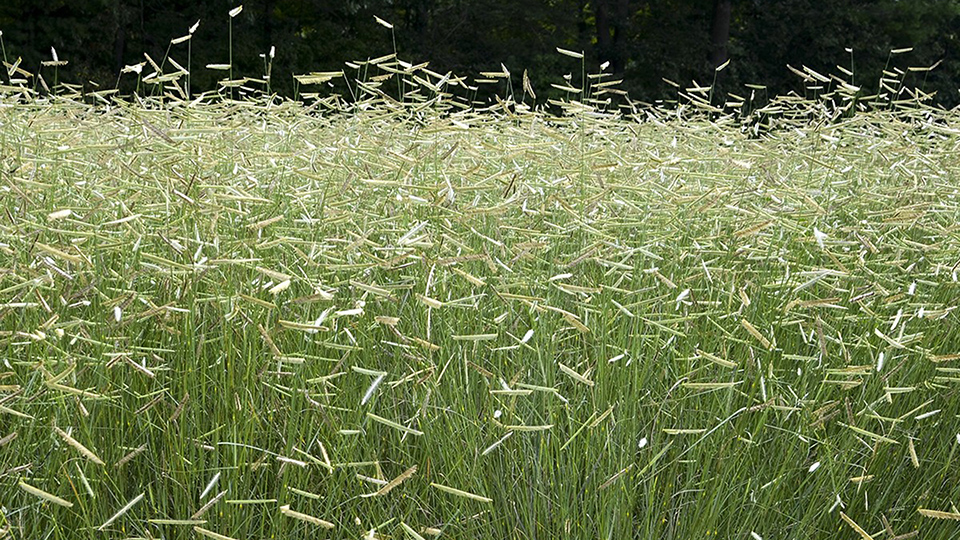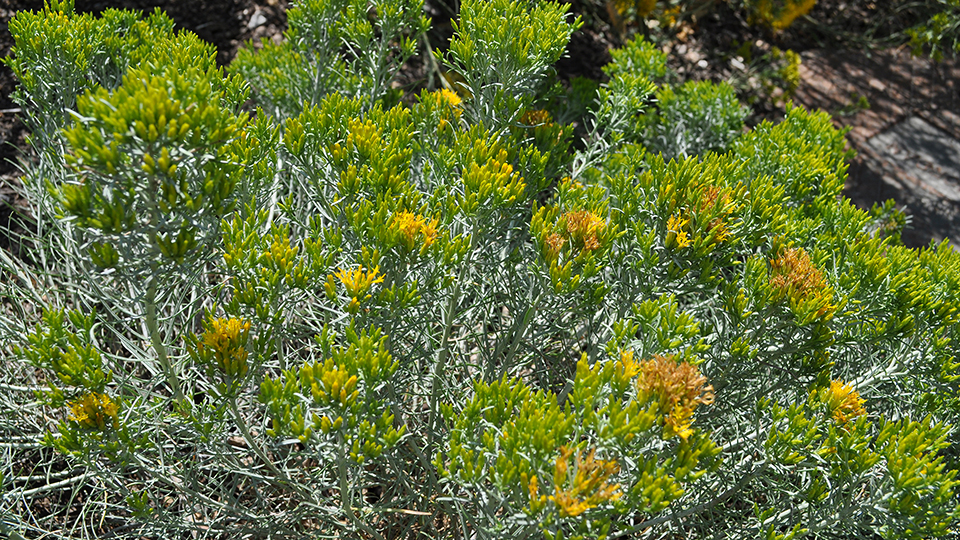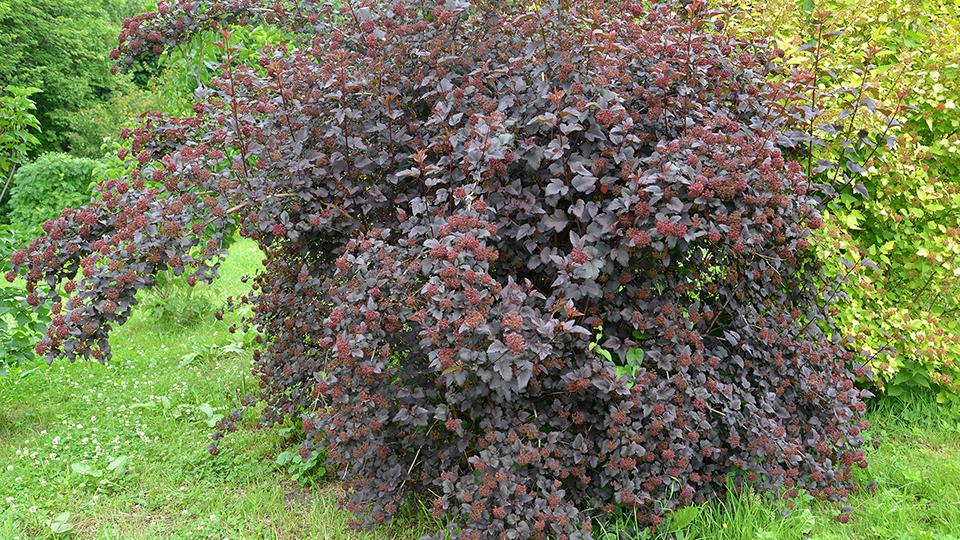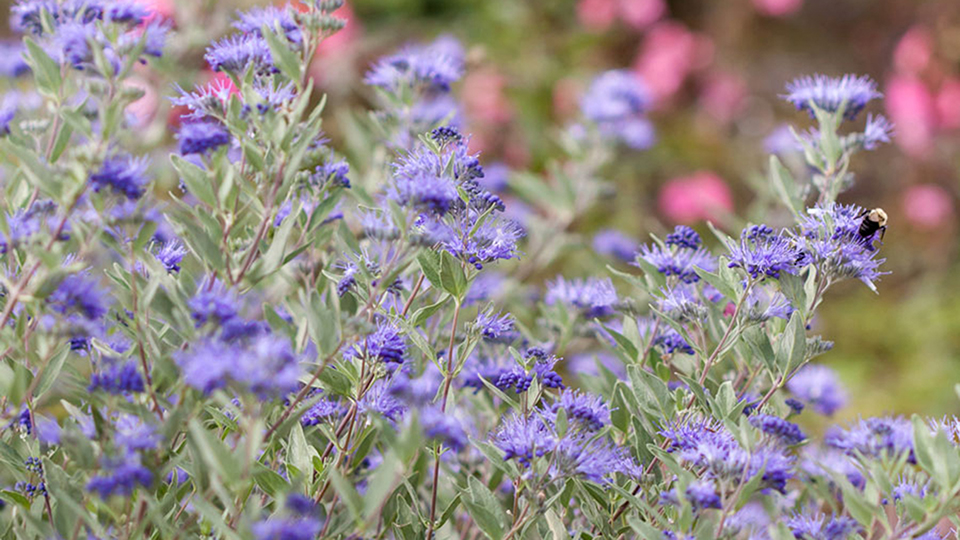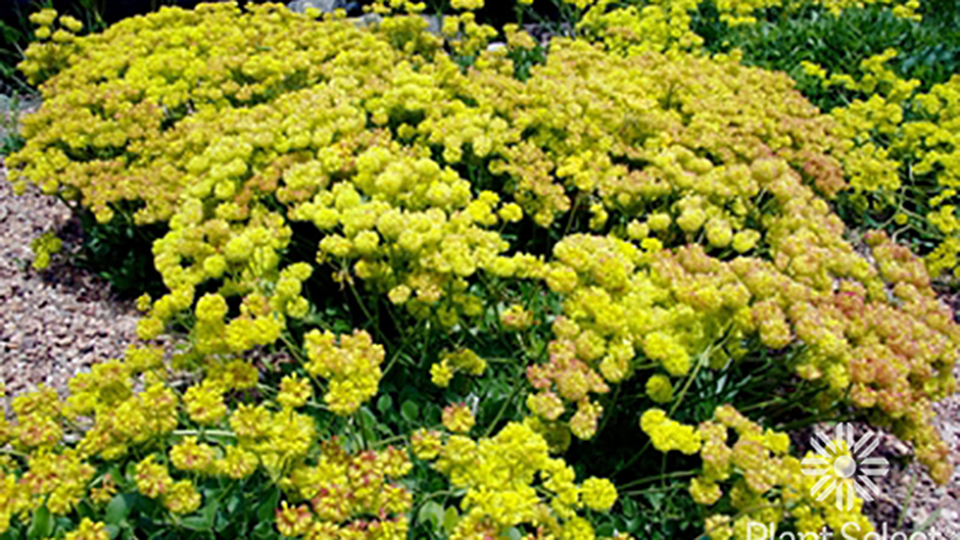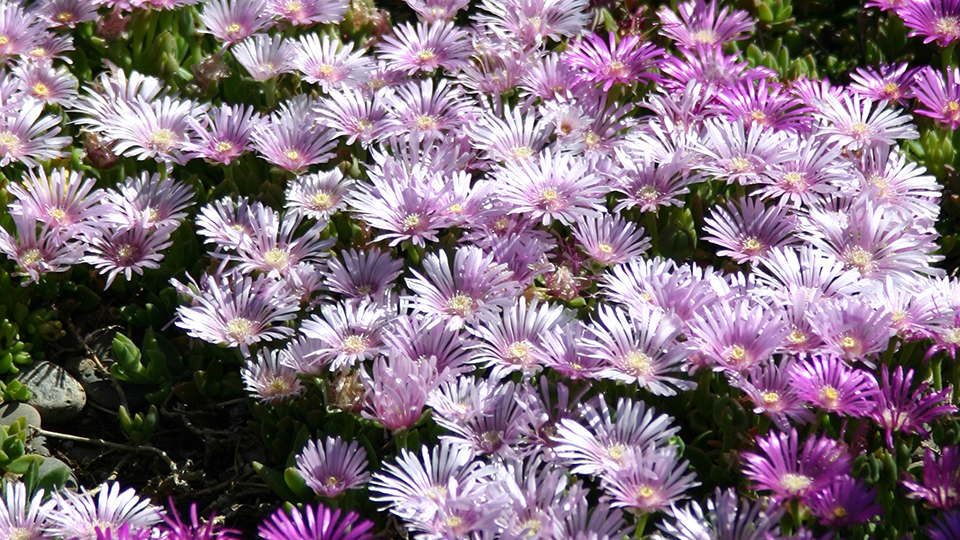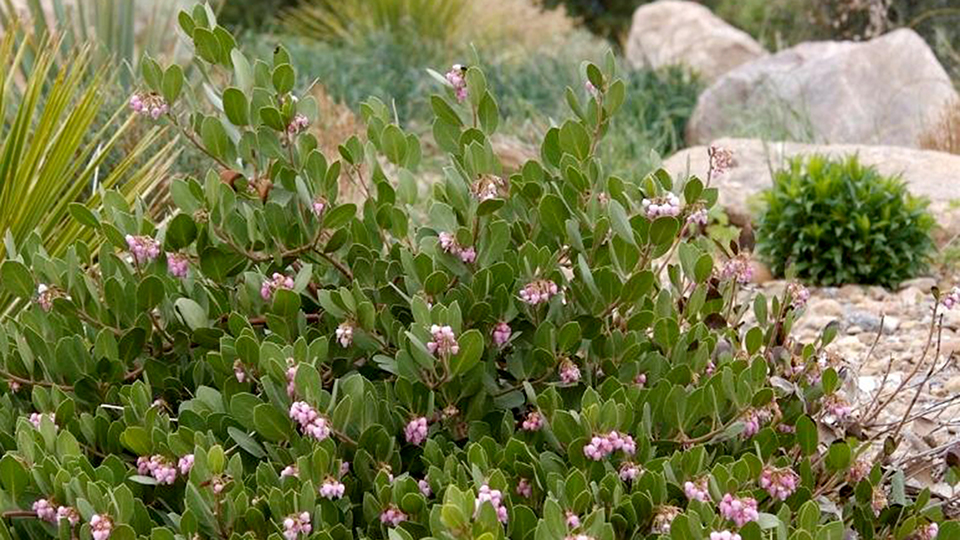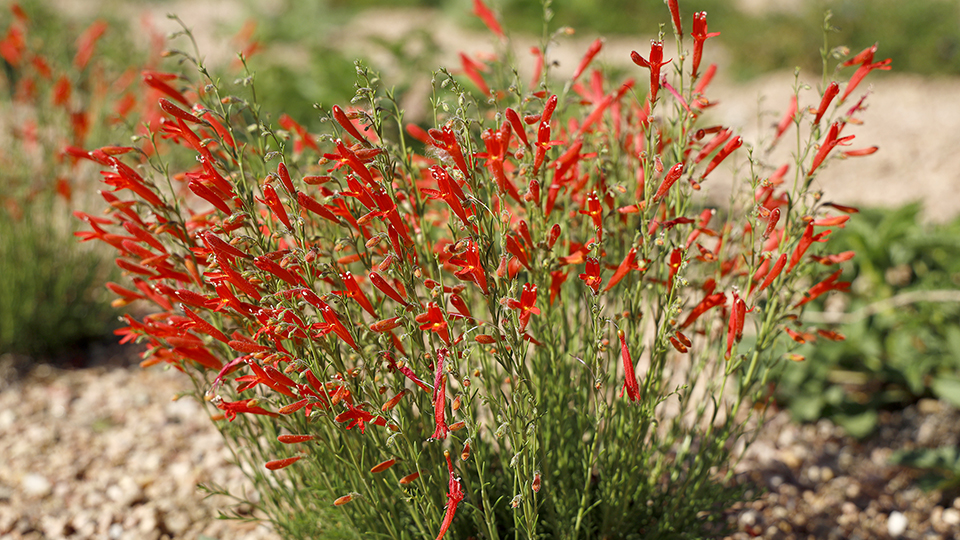Street Strip Landscapes
Improving Problematic Street-Strip Landscapes
The narrow green spaces between streets and sidewalks, referred to as street strips, are common in most neighborhoods. However, for anyone tasked with maintaining these areas they can be a source of frustration, as these nonpractical areas are often planted with cool-season turf that requires more water and maintenance, leading to higher expenses. These narrow turf areas can also include trees and can range from 2 to 10 feet wide. While potentially problematic, these areas can be converted to attractive planting beds using water wise, climate-appropriate plants.

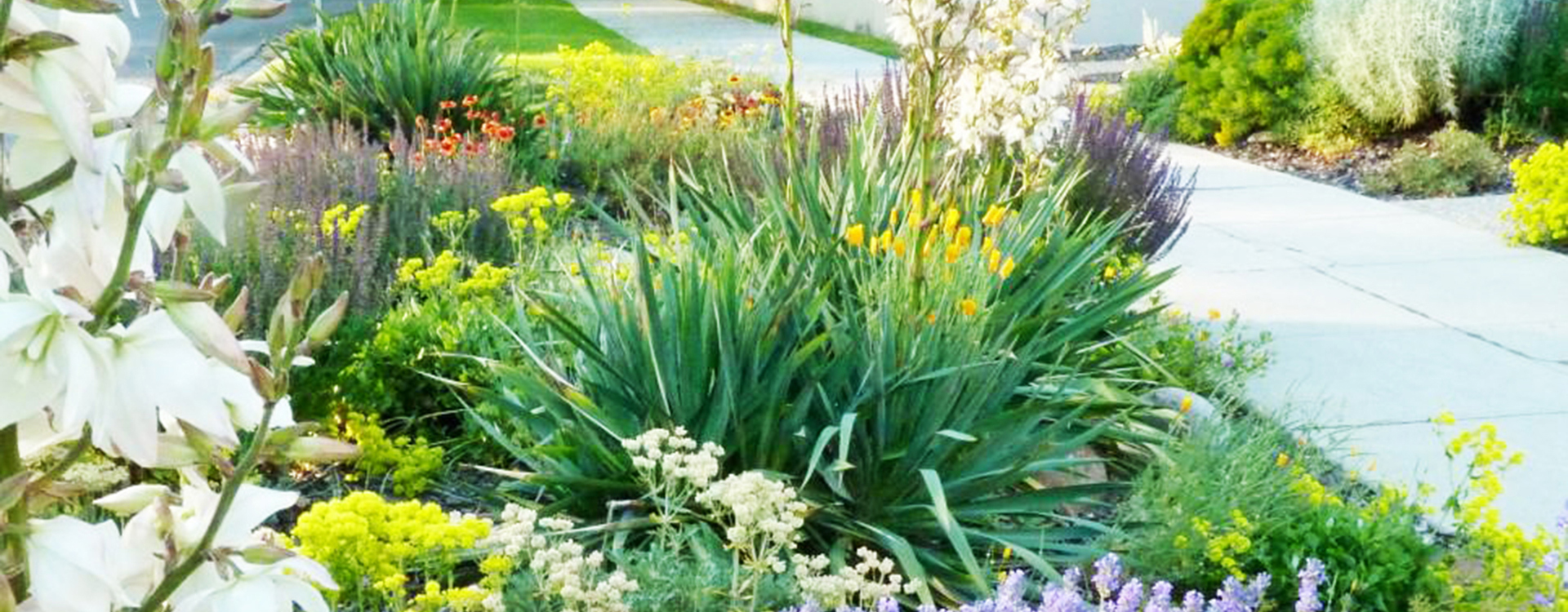
Reoccurring issues with these areas include:
- Higher maintenance (mowing, trimming around trees, fertilization, weed control and aeration.)
- Higher water usage for turf grasses in smaller, narrow areas are more difficult to irrigate efficiently, causing over-spray and run-off.
- Due to their location, dog waste, snowpack and road salts often build up.
- These areas tend to be hotter, as they are surrounded by hard surfaces.
- While potentially problematic, these areas can be converted to attractive planting.
Things to consider when making these conversions:
- If taking out the turf be sure to remove enough soil to make room for any soil amendments needed.
- Amend the soil.
- If possible, convert any overhead irrigation systems to drip irrigation.
- To alleviate wear and tear from foot traffic, plan places that allow for stepping out of cars parked along the street.
- Explore converting and re-seeding areas with native grasses that need less water and can be left unmowed during the growing season to take on natural growth.
- Be sure to check your city ordinances, as cities typically own street-strip landscapes, even if homeowners are required to maintain them.
Ideal Street-Strip Plants on Display in our Conservation Gardens
The Conservation Gardens, located behind the Northern Water headquarters building, are free and open to the public daily during daylight hours.

